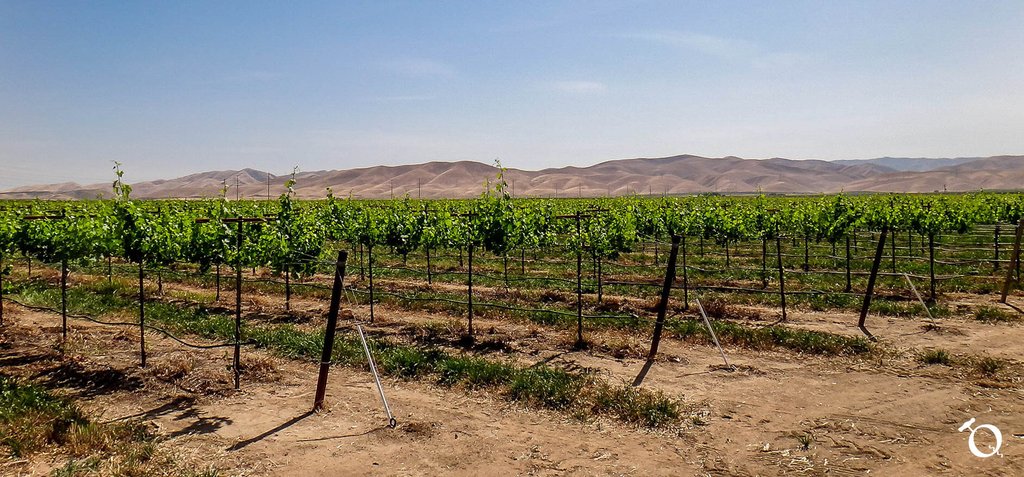Tracy Hills received its designation as an AVA in 2006. Situated on 39,200 acres, Tracy Hills is located in both San Joaquin and Stanislaus Counties between Tracy, Patterson and Vernalis, California. In the petition for its creation, the unique soils, microclimate, and slope were listed as distinguishing features. Initially, the proposed name for the region was Mt. Oso for the nearby Diablo Mountains peak, however, TTB felt that the petitioners didn’t meet the standard for name recognition. The name, Tracy Hills was more readily substantiated.
The appellation is located between 100 and 500 feet in elevation and slope to the valley floor to the east. Hospital, Lone Tree, and Ingram Creeks drain out of the foothills to form an alluvial fan that creates the free-draining alluvial and colluvial soils. The Tracy Hills is located in the rain shadow of Mt. Oso which is located to the southwest of the region. This means that they receive less rain, fog, hail or even dew. Instead, the region is known for constant winds, sunny days, and sparse morning fog, with occasional early morning frost.
The Tracy Hills has several new wineries and a few old vineyards. They are producing Cabernet Sauvignon, Chardonnay, Merlot, Montepulciano, Nero d’Avola, Sagrantino, Sangiovese, and Syrah.





